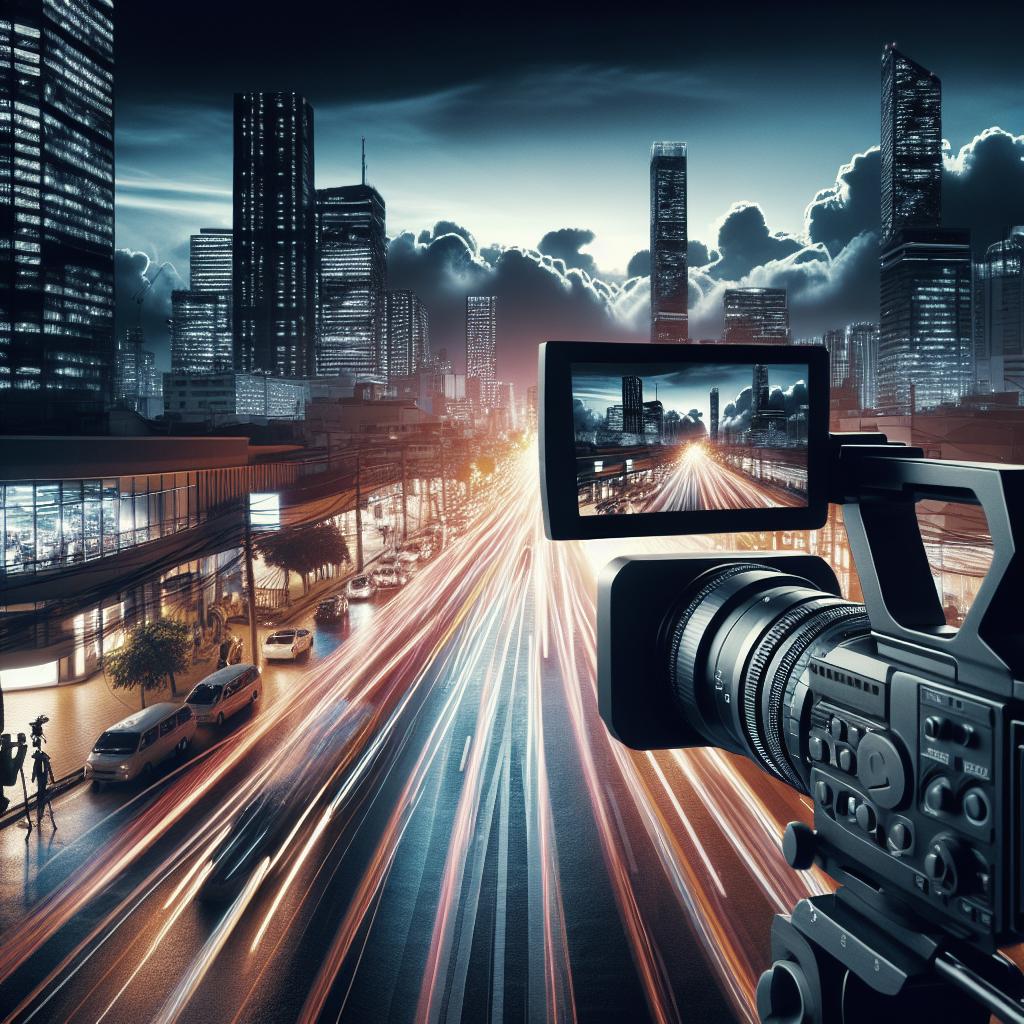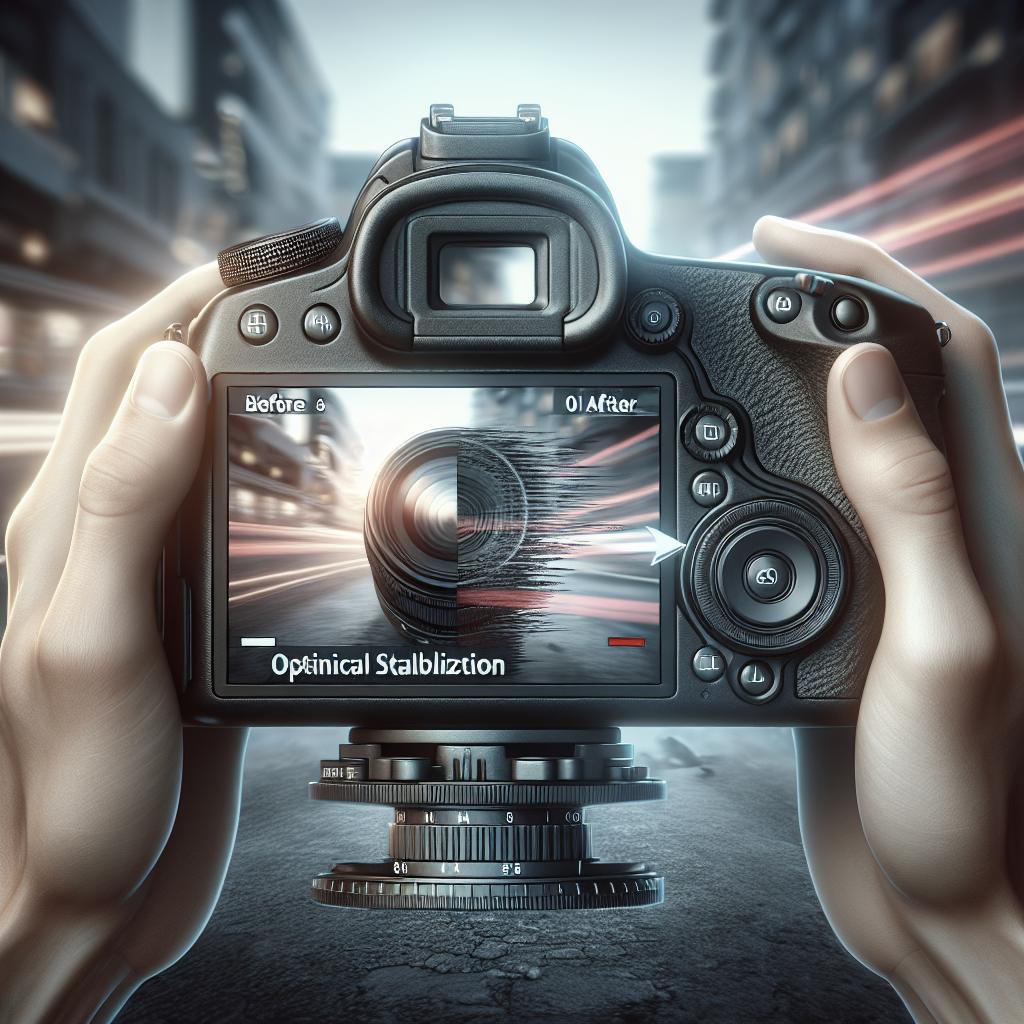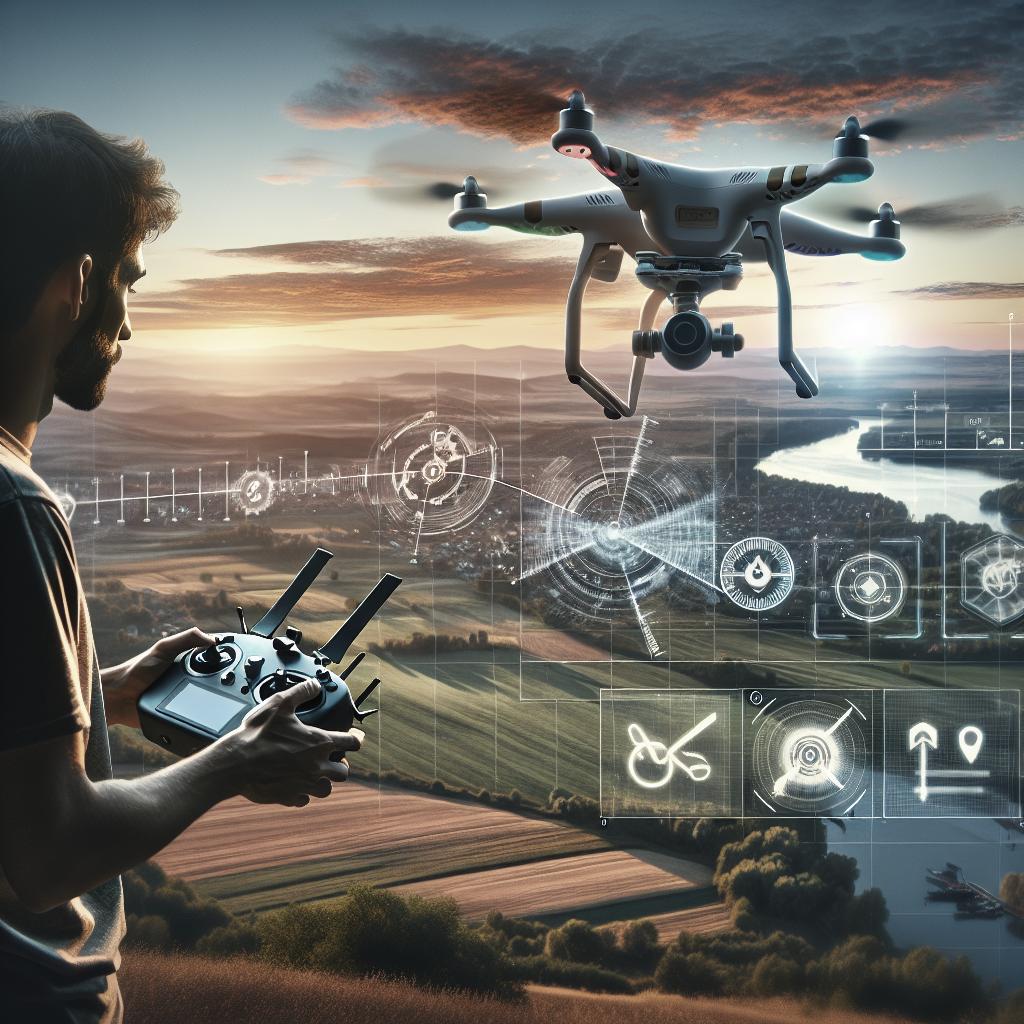“`html
Creative Uses for Timelapse in Videography
Timelapse videography is a powerful technique that captures the art of movement and transformation over time. With its ability to compress time, videographers can showcase the beauty, complexity, and rhythm of a scene in a dynamic way. This technique is not just limited to simple sequences of blooming flowers or bustling cityscapes. Through its various forms such as hyperlapse, tilt-shift, and drone timelapse, filmmakers can explore unique perspectives and create captivating visual narratives. In this blog post, we’ll delve into five innovative ways to use timelapse in videography: exploring angles, utilizing tilt-shift effects, incorporating mirrors, capturing from drones, and executing hyperlapse. Each method provides a distinct and creative lens through which to view the world, offering filmmakers endless possibilities to expand their visual storytelling toolkit.
1. Explore Angles
One of the simplest yet effective ways to enhance timelapse videos is by experimenting with different angles and perspectives. Changing the camera angle can dramatically alter the perception and impact of the footage. Whether capturing the wonder of nature or the hustle and bustle of urban life, altering angles can provide fresh context and meaning. For instance, a low-angle shot of skyscrapers escalating into the skies can evoke the feeling of awe and power, while an overhead shot capturing the movement of people across a street can offer an interesting insight into the urban rhythm and flow.
Furthermore, you can explore unconventional angles to add creativity to your timelapse. Position your camera at unusual spots to capture unique perspectives like the view from within a fountain as people pass by, or placing your camera near a bee hive to capture the animated activity of bees in and out. These unusual perspectives can turn ordinary scenes into extraordinary visual stories, drawing viewers into a world not typically observed. By experimenting with angles, filmmakers can showcase a deeper narrative and captivate audiences with original and engaging visuals.
2. Tilt-shift
The tilt-shift technique is another captivating method to introduce creativity in timelapse videography. This technique involves using special lenses or post-processing to selectively blur parts of the image. It gives viewers the illusion that they are looking at a miniature scale model, transforming real-world scenes into toy-like dioramas. This effect is especially intriguing when applied to a timelapse, as it can create a unique juxtaposition by taking vast and familiar landscapes and making them appear tiny and art-like.
Filmmakers can exploit tilt-shift to highlight key components or patterns within the frame, drawing focus to particular elements of the scene and emphasizing their movement over time. This can be particularly effective in busy cityscapes where the flow and pace of life can be miniaturized. Additionally, applying tilt-shift in natural settings can infuse a sense of whimsy and charm, turning busy streets into scenes reminiscent of a model train set. With tilt-shift timelapses, videographers can inject visual quirkiness and color into their work, providing viewers with a refreshing deviation from reality.
3. Use a Mirror
Introducing a mirror in timelapse videography allows for an experiment that distorts and diversifies reflections, adding layers to the visual narrative. By using mirrors, videographers can create dynamic contrasts that transform simple scenes into complex visual compositions. This approach is not just about reflecting the scene, but also challenging the viewers’ perception of reality. By placing a mirror strategically, you can capture simultaneous reflections, adding depth and creating symmetrical visuals that are both intriguing and aesthetically pleasing.
Mirrors can also be used to create a split-screen effect naturally by capturing real-time events with their reflections. This technique adds a fascinating dimension to timelapse videos, particularly in constrained environments where changing camera positions aren’t feasible. As viewers observe the interactions between the subject and their reflections, they are invited to interpret the juxtaposition and draw their own conclusions about the ongoing narrative. Through this creative use of mirrors, videographers have the ability to craft richer, visually complex stories.
4. Drone Timelapse
The advent of drone technology has taken timelapse videography to astonishing new heights. With drones, filmmakers can capture sweeping aerial timelapses that provide a bird’s-eye view of landscapes that were previously inaccessible. A drone timelapse offers filmmakers the ability to capture broad geographical changes over time, be it the burgeoning growth of a city or the natural evolution of a landscape through seasons, providing breathtaking overviews from the sky.
Beyond just offering new perspectives, drone timelapses allow for dynamic storytelling. By programming drones to follow specific flight paths and speeds, filmmakers can incorporate elaborate time-lapsed sequences into their narratives. The continuous movement inherent in a drone’s flight provides an added dimension of cinematic flow, integrating smoothly into sweeping narrative arcs. Through this dramatic usage of altitude and movement, drone timelapses grant filmmakers unlimited potential for creating captivating and expansive visual stories.
5. Hyperlapse
Among the more advanced techniques in timelapse videography, hyperlapse involves moving the camera over considerable distances between each shot to create an effect of vast motion through space and time. This approach generates a sense of fluidity and motion that can transform a sequence of static images into a dynamic narrative journey. Hyperlapse is especially effective in showcasing architectural marvels, environments with pronounced landmarks, or long scenic roads, offering viewers a fluid travelogue.
Mastering hyperlapse calls for meticulous planning and execution, as the camera must track seamlessly along the desired path, often requiring stabilization tools and software for post-production finesse. Despite its challenges, a well-executed hyperlapse pays off by enthralling viewers with the sensation of accelerated movement through time and space. This technique empowers filmmakers to lend a cinematic quality to their storytelling, portraying the world’s progression in a dynamic yet methodical manner.
Summary of Main Points
| Technique | Description | Key Benefit |
|---|---|---|
| Explore Angles | Experiment with various camera angles to change the perception and aesthetic of the timelapse. | Enhances visual storytelling by offering fresh perspectives. |
| Tilt-shift | Uses lens or post-processing to create a miniature effect in the timelapse. | Transforms real-world scenes into whimsical, miniature dioramas. |
| Use a Mirror | Incorporates mirrors to add depth and visual interest through reflected imagery. | Creates complex compositions and invites viewers to view dual narratives. |
| Drone Timelapse | Utilizes drones to capture aerial timelapses for broad, sweeping views. | Offers new perspectives and enhances narrative flow with aerial movement. |
| Hyperlapse | Involves moving the camera over large distances for a dynamic effect. | Provides fluid motion through space, portraying dynamic travel and change. |
“`


